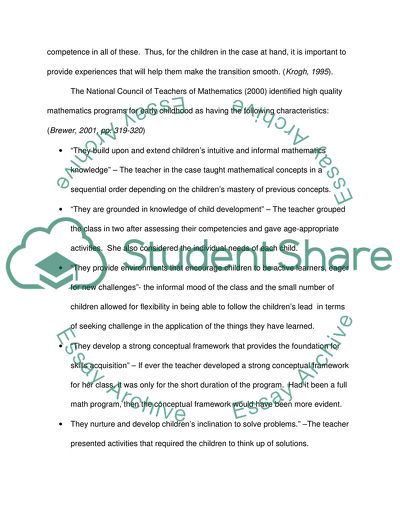Cite this document
(The Teaching and Learning Experiences Ensued during the Work Placement Essay, n.d.)
The Teaching and Learning Experiences Ensued during the Work Placement Essay. Retrieved from https://studentshare.org/education/1712025-work-placement-part-1-the-portfolio-and-part-2-the-reflective-report
The Teaching and Learning Experiences Ensued during the Work Placement Essay. Retrieved from https://studentshare.org/education/1712025-work-placement-part-1-the-portfolio-and-part-2-the-reflective-report
(The Teaching and Learning Experiences Ensued During the Work Placement Essay)
The Teaching and Learning Experiences Ensued During the Work Placement Essay. https://studentshare.org/education/1712025-work-placement-part-1-the-portfolio-and-part-2-the-reflective-report.
The Teaching and Learning Experiences Ensued During the Work Placement Essay. https://studentshare.org/education/1712025-work-placement-part-1-the-portfolio-and-part-2-the-reflective-report.
“The Teaching and Learning Experiences Ensued During the Work Placement Essay”, n.d. https://studentshare.org/education/1712025-work-placement-part-1-the-portfolio-and-part-2-the-reflective-report.


